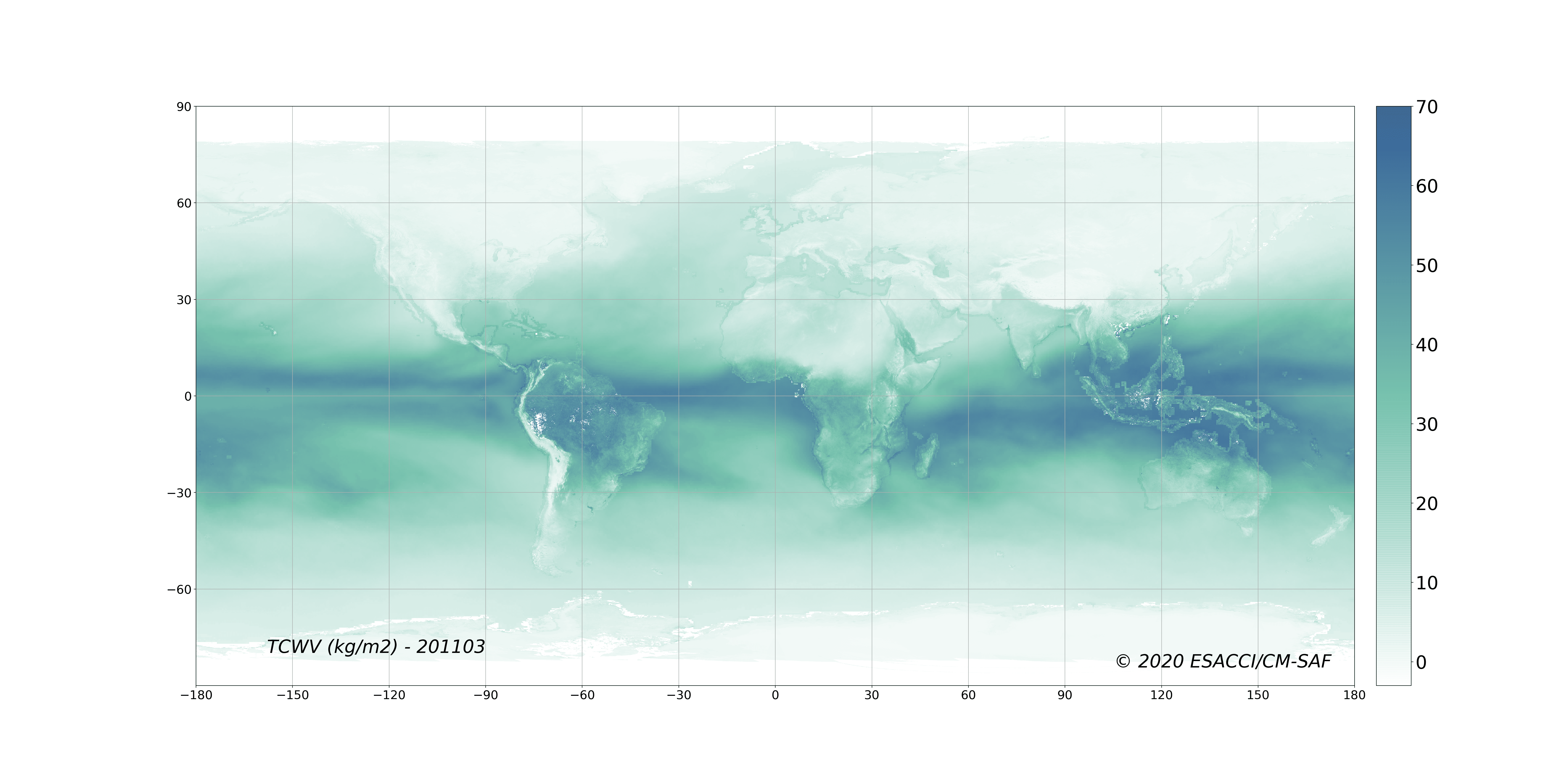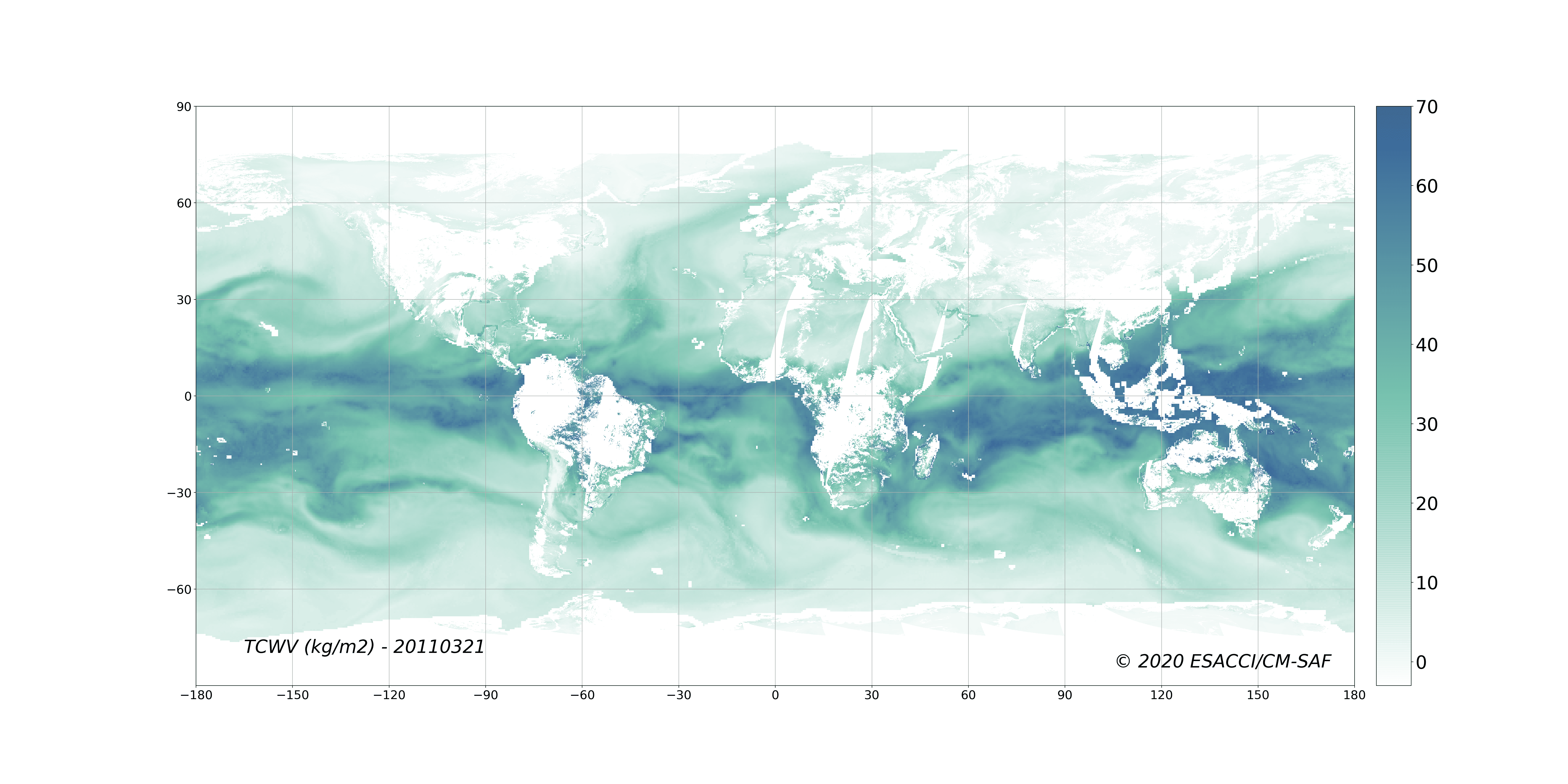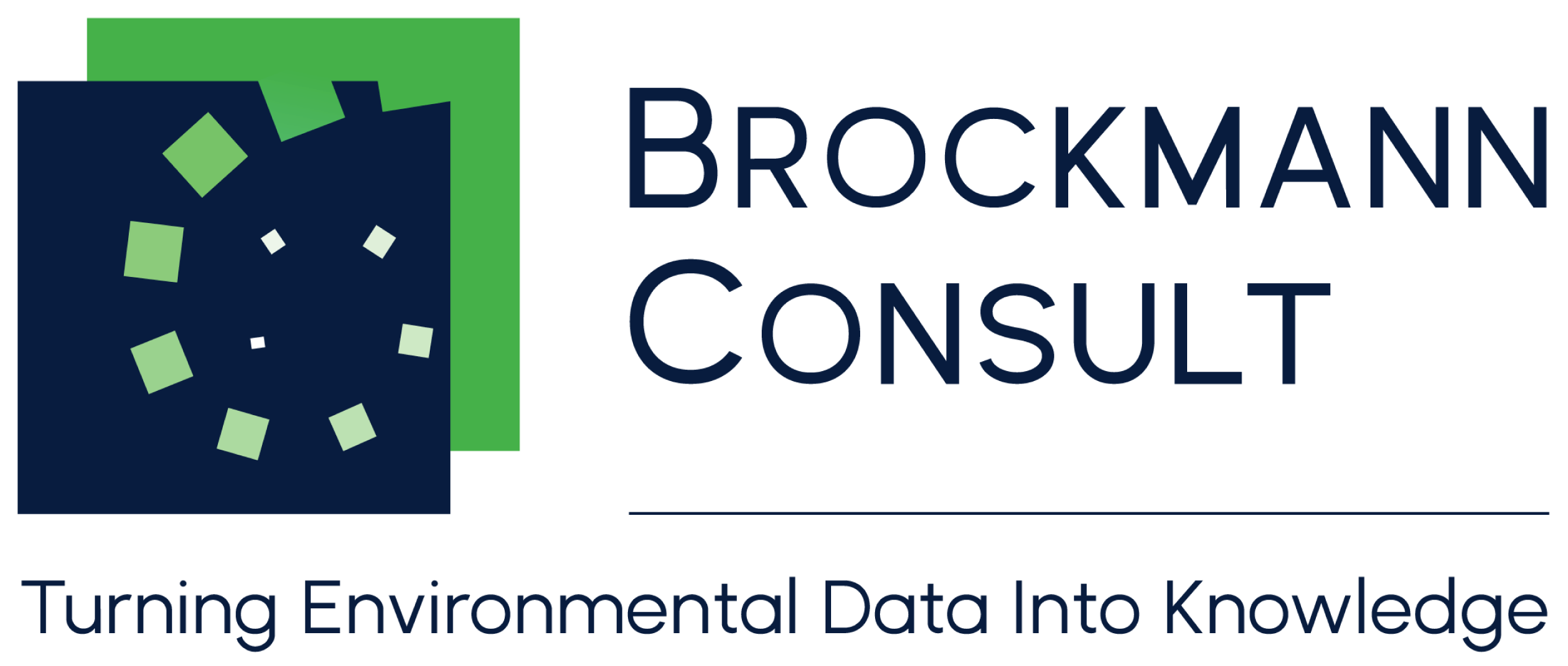Tropospheric water vapour and climate change
Water vapour is the strongest of the greenhouse gases, although it is not directly controlled by anthropogenic emissions. The contribution of water vapour to the natural greenhouse effect relative to that of carbon dioxide (CO2) is approximately two to three times greater. However, rather than being directly emitted, the amount of water vapour in the atmosphere changes in response to changes in surface and atmospheric temperatures. With every extra degree of air temperature, the atmosphere will contain around 7% more water vapour. This increase in concentration in return amplifies the greenhouse effect, and therefore leads to more warming. This strong and positive water vapour feedback to temperature changes contributes greatly to the Earth’s equilibrium climate sensitivity. Although CO2 is the main anthropogenic control knob on climate, and water vapour is not a significant initial forcing, the latter is nevertheless a fundamental agent of climate change, as outlined in a bit more detail below.
Because the saturation vapour pressure of air increases with temperature, it is expected that the amount of water vapour in air will generally increase with a warming climate. Observations from surface stations, radiosondes, global positioning systems and satellite measurements show these increases in tropospheric water vapour at large spatial scales. It is very likely that tropospheric specific humidity has increased since the 1970s, which is consistent with the observed temperature change in the past decades. The latent heat contained in atmospheric water vapour is critical to driving the circulation of the atmosphere on scales ranging from individual thunderstorms to the global circulation of the atmosphere. For example, local extremes of precipitation on short time scales are expected to increase by roughly 5 to 10% for every degree Celsius of climate warming.
Stratospheric water vapour
In the upper troposphere and lower stratosphere, the water vapour concentration is a key indicator of convection and strongly influences radiative forcing. In the stratosphere, water vapour is a source gas for hydroxyl radicals (OH) which are chemically active in the ozone budget and directly influence the lifetimes of greenhouse gases such as methane (CH4) and the hydrochlorofluorocarbons (HCFCs).







